Combining the Technology Acceptance Model and Uses and Gratifications Theory to examine the usage behavior of an Augmented Reality Tour-sharing Application
Abstract
:1. Introduction
2. Literature Review
2.1. Augmented Reality
2.2. Query-Answering Service
2.3. Technology Acceptance Model
2.4. Uses and Gratifications Theory
2.5. Self-Presentation
2.6. Perceived Entertainment
2.7. Information Sharing, Perceived Usefulness, and Perceived Ease of Use
2.8. APP Satisfaction, Attitude Toward Attractions, and Intention to Use the APP
3. Design and Evaluation of the Intelligent Tour Service System
3.1. System Architecture
3.1.1. AR Tour-Sharing APP
3.1.1.1. Pamphlets for Tourist Attractions
3.1.1.2. Query-Answering Services
3.1.1.3. AR Guide Services
3.1.1.4. AR Self-Recording Services
3.1.1.5. AR Community Sharing
3.1.1.6. AR Tour Memories
3.1.2. Query-Answering Server
3.1.2.1. Receiving a Query Sentence
3.1.2.2. Using Segmentation Tool to Retrieve Words
3.1.2.3. Computing Term Frequency and Inverse Document Frequency
3.1.2.4. Using Random Neural Networks to Analyze Question and Answer
3.1.2.5. Replying the answer of user’s query
3.2. Evaluation and Experimental Results
3.2.1. Experimental Environment
3.2.2. System Evaluation
3.3. A Case Study of QAS
4. User Attitudes and Behavioral Intentions toward an Intelligent Tour Service System
4.1. Variables
4.1.1. Self-Presentation
4.1.2. Perceived Entertainment
4.1.3. Information Sharing
4.1.4. Perceived Usefulness
4.1.5. Perceived Ease of Use
4.1.6. Satisfaction
4.1.7. Attitude toward the Hakka Tourist Attractions in Thailand
4.1.8. Intention for Use
5. Data Analysis and Results
6. Conclusions and Suggestions
Acknowledgments
Author Contributions
Conflicts of Interest
References
- Lin, H.F.; Chen, C.H. Design and application of augmented reality query-answering system in mobile phone information navigation. Expert Syst. Appl. 2015, 42, 810–820. [Google Scholar] [CrossRef]
- Berryman, D.R. Augmented reality: A review. Med. Ref. Serv. Q. 2012, 31, 212–218. [Google Scholar] [CrossRef] [PubMed]
- Azuma, R.; Baillot, Y.; Behringer, R.; Feiner, S.; Julier, S.; MacIntyre, B. Recent advances in augmented reality. IEEE Comput. Gr. Appl. 2001, 21, 34–47. [Google Scholar] [CrossRef]
- Milgram, P.; Kishino, F. A Taxonomy of Mixed Reality Visual Displays. IEICE Trans. Inf. Syst. 1994, 77, 1321–1329. [Google Scholar]
- Normand, J.M.; Servieres, M.; Moreau, G. A new typology of augmented reality applications. In Proceedings of the 3rd Augmented Human International Conference, Megève, France, 8–9 March 2012; ACM: New York, NY, USA, 2012. [Google Scholar]
- Ahmad, H.; Rahimi, S. A perception based, domain specific expert system for question-answering support. In Proceedings of the 2006 IEEE/WIC/ACM International Conference on Web Intelligence, Hong Kong, China, 18–22 December 2006. [Google Scholar]
- Kaur, J.; Gupta, V. Comparative analysis of question answering system in Indian languages. Int. J. Adv. Res. Comput. Sci. Softw. Eng. 2013, 3, 584–592. [Google Scholar]
- Zhang, T.; Oles, F.J. Text categorization based on regularized linear classification methods. Inf. Retr. 2001, 4, 5–31. [Google Scholar] [CrossRef]
- Wang, J.; Man, C.; Zhao, Y.; Wang, F. An answer recommendation algorithm for medical community question answering systems. In Proceedings of the 2016 IEEE International Conference on Service Operations and Logistics, and Informatics, Beijing, China, 10–12 July 2016. [Google Scholar]
- Deerwester, S.; Dumais, S.T.; Furnas, G.W.; Landauer, T.K.; Harshman, R. Indexing by latent semantic analysis. J. Am. Soc. Inf. Sci. 1990, 41, 391–407. [Google Scholar] [CrossRef]
- Wu, Q.; Shen, C.; Wang, P.; Dick, A.; Hengel, A. Image captioning and visual question answering based on attributes and external knowledge. IEEE Trans. Pattern Anal. Mach. Intell. 2017. accepted manuscript. [Google Scholar] [CrossRef] [PubMed]
- Hong, L.; Davison, B.D. A classification-based approach to question answering in discussion boards. In Proceedings of the 32nd International ACM SIGIR Conference on Research and Development in Information Retrieval, Boston, MA, USA, 19–23 July 2009. [Google Scholar]
- Chang, J.W.; Kim, Y.K. Materialization-Based range and k-nearest neighbor query processing algorithms. In Proceedings of the 7th International Conference on Flexible Query Answering Systems, Milan, Italy, 7–10 June 2006. [Google Scholar]
- Khemmarat, S.; Gao, L. Predictive and personalized drug query system. IEEE J. Biomed. Health Inform. 2017. accepted manuscript. [Google Scholar] [CrossRef] [PubMed]
- Srivastava, N.; Hinton, G.; Krizhevsky, A.; Sutskever, I.; Salakhutdinov, R. Dropout: A simple way to prevent neural networks from overfitting. J. Mach. Learn. Res. 2014, 15, 1929–1958. [Google Scholar]
- Davis, F.D. Perceived usefulness, perceived ease of use, and user acceptance of information technology. MIS Q. 1989, 13, 319–340. [Google Scholar] [CrossRef]
- Jiang, G.; Deng, W. An empirical analysis of factors influencing the adoption of mobile instant messaging in China. Int. J. Mob. Commun. 2011, 9, 563–583. [Google Scholar] [CrossRef]
- Lin, J.C.; Hsu, C. A multi-facet analysis of factors affecting the adoption of multimedia messaging service (MMS). Int. J. Technol. Hum. Interact. 2009, 5, 18–36. [Google Scholar] [CrossRef]
- Palmgreen, P.; Wenner, L.A.; Rayburn, J.D. Uses and Gratification Research: The Past Ten Years. In Media Gratifications Research: Current Perspectives; Rosengren, K.E., Wenner, L.A., Palmgreen, P., Eds.; Sage: Newbury Park, CA, USA, 1985. [Google Scholar]
- Lampe, C.; Wash, R.; Velasquez, A.; Ozkaya, E. Motivations to participate in online communities. In Proceedings of the 28th International Conference on Human Factors in Computing Systems, Atlanta, GA, USA, 10–15 April 2010; ACM: New York, NY, USA, 2010; pp. 1927–1936. [Google Scholar]
- Papacharissi, Z.; Mendelson, A. Toward a new(er) sociability: Uses, gratifications and social capital on Facebook. In Media Perspectives for the 21st Century; Papathanassopoulos, S., Ed.; Routledge: New York, NY, USA, 2011; pp. 212–230. [Google Scholar]
- Williams, F.; Philips, A.; Lange, P. Gratification associated with new communication technologies. In Media Gratifications Research: Current Perspectives; Rosengren, K., Winner, L.A., Palmgreen, P., Eds.; Sage: Beverly Hills, CA, USA, 1994; pp. 241–252. [Google Scholar]
- Blumler, J.G.; Katz, E. The Uses of Mass Communications: Current Perspectives on Gratifications Research; Sage Publications: Beverly Hills, CA, USA, 1974. [Google Scholar]
- Leung, L.; Wei, R. More than just talk on the move: Uses and gratifications of cellular phone. J. Mass Commun. Q. 2000, 77, 308–320. [Google Scholar] [CrossRef]
- Huang, E. Use and Gratification in e-consumers. Internet Res. 2008, 18, 405–426. [Google Scholar] [CrossRef]
- Choi, Y.K.; Kim, J.; McMillan, S.J. Motivators for the intention to use mobile TV. Int. J. Adv. 2009, 28, 147–167. [Google Scholar] [CrossRef]
- LaRue, E.M.; Mitchell, A.M.; Terhorst, L.; Karimi, H.A. Assessing mobile phone communication utility preferences in a social support network. Telemat. Inform. 2010, 27, 363–369. [Google Scholar] [CrossRef]
- Wei, R. Motivations for using the mobile phone for mass communications and entertainment. Telemat. Inform. 2008, 25, 36–46. [Google Scholar] [CrossRef]
- Schlenker, B.R. Self-presentation. In Handbook of Self and Identity; Leary, M.R., Tangney, J.P., Eds.; Guilford: New York, NY, USA, 2002; pp. 492–518. [Google Scholar]
- Schlenker, B.R.; Pontari, B.A. The strategic control of information: Impression management and self-presentation in daily life. In Perspectives on Self and Identity; Tesser, A., Felson, R., Suls, J., Eds.; American Psychological Association: Washington, DC, USA, 2000; pp. 199–232. [Google Scholar]
- Baumeister, R.F. A self-presentational view of social phenomena. Psychol. Bull. 1982, 91, 3–26. [Google Scholar] [CrossRef]
- Krämer, N.C.; Winter, S. Impression management 2.0: The relationship of self-esteem, extraversion, self-efficacy, and self-presentation within social networking sites. J. Media Psychol. 2008, 20, 106–116. [Google Scholar] [CrossRef]
- Pempek, T.A.; Yermolayeva, Y.A.; Calvert, S.L. College students’ social networking experiences on Facebook. J. Appl. Dev. Psychol. 2009, 30, 227–238. [Google Scholar] [CrossRef]
- Buffardi, L.E.; Campbell, W.K. Narcissism and social networking web sites. Pers. Soc. Psychol. Bull. 2008, 34, 1303–1314. [Google Scholar] [CrossRef] [PubMed]
- Sung, J.; Yun, Y. Toward a more robust usability concept with perceived enjoyment in the context of mobile multimedia service. Int. J. Human Comput. Interact. 2010, 1, 12–32. [Google Scholar]
- Gardoni, M.; Spadoni, M.; Vernadat, F. Harnessing non-structured information and knowledge and know-how capitalization in integrated engineering: Case study at Aerospatiale matra. Concurr. Eng. 2000, 8, 281–296. [Google Scholar] [CrossRef]
- Rafaeli, S.; Raban, D.R. Information sharing online: A research challenge. Int. J. Knowl. Learn. 2005, 1, 62–79. [Google Scholar] [CrossRef]
- Shamir, B. Meaning, self and motivation in organizations. Organ. Stud. 1991, 12, 405–424. [Google Scholar] [CrossRef]
- Jarvenpaa, S.L.; Staples, D.S. The use of collaborative electronic media for information sharing: An exploratory study of determinants. J. Strateg. Inf. Syst. 2000, 9, 129–154. [Google Scholar] [CrossRef]
- Moon, J.W.; Kim, Y.G. Extending the TAM for a world-wide-web context. Inf. Manag. 2001, 38, 217–230. [Google Scholar] [CrossRef]
- Shin, D.H. Understanding e-book users: Uses and gratification expectancy model. New Media Soc. 2011, 13, 260–278. [Google Scholar] [CrossRef]
- Mondi, M.; Woods, P.; Rafi, A. A uses and gratification expectancy model to predict students’ perceived e-learning experience. Educ. Technol. Soc. 2008, 11, 241–261. [Google Scholar]
- Rosengren, K.E. Uses and gratifications: A paradigm outlined. In The Uses of Mass Communications: Current Perspective on Gratifications Research; Blumler, J.G., Katz, E., Eds.; Sage: Beverly Hills, CA, USA, 1974; pp. 269–286. [Google Scholar]
- Kung, H.Y.; Kuo, T.H.; Chen, C.H.; Tsai, P.Y. Accuracy analysis mechanism for agriculture data using the ensemble neural network method. Sustainability 2016, 8, 735. [Google Scholar] [CrossRef]
- Basile, P.; Gemmis, M.D.; Lops, P.; Semeraro, G. Solving a complex language game by using knowledge-based word associations discovery. IEEE Trans. Comput. Intell. AI Games 2016, 8, 13–26. [Google Scholar] [CrossRef]
- Ripley, B.; Venables, W. Package ‘Class’. The Comprehensive R Archive Network. 2015. Available online: https://cran.r-project.org/web/packages/class/ (accessed on 28 June 2017).
- Fritsch, S.; Guenther, F.; Suling, M.; Mueller, S.M. Package Neuralnet. The Comprehensive R Archive Network. 2016. Available online: https://cran.r-project.org/web/packages/neuralnet/ (accessed on 28 June 2017).
- Wang, L.; Yang, B.; Chen, Y.; Zhang, X.; Orchard, J. Improving neural-network classifiers using nearest neighbor partitioning. IEEE Trans. Neural Netw. Learn. Syst. 2017. accepted manuscript. [Google Scholar] [CrossRef] [PubMed]
- Herbjørn, N.; Per, E.P.; Helge, T. Intentions to use mobile services: Antecedents and cross-service comparisons. J. Acad. Mark. Sci. 2005, 33, 330–346. [Google Scholar]
- Chen, Q.; Wells, W. Attitude toward the Site. J. Adv. Res. 1999, 39, 27–37. [Google Scholar]
- Ducoffe, R.H. Advertising value and advertising on the web. J. Adv. Res. 1996, 36, 21–35. [Google Scholar]
- Santosa, P.I.; Wei, K.K.; Chan, H.C. Student Involvement with Online Forum and its Effects on Intention to Seek and Intention to Share: An Exploratory Study. Available online: http://www.yorku.ca/yciss/whatsnew/documents/WP30-Lee_and_Rao.pdf (accessed on 10 January 2016).
- Davis, F.D.; Bagozzi, R.P.; Warshaw, P.R. User acceptance of computer technology: A comparison of two theoretical models. Manag. Sci. 1989, 35, 982–1002. [Google Scholar] [CrossRef]
- Vrechopoulos, A.P.; O’keefe, R.M.; Doukidis, G.I.; Siomkos, G.J. Virtual store layout: An experimental comparison in the context of grocery retail. J. Retailing 2004, 80, 13–22. [Google Scholar] [CrossRef]
- Luo, X. Uses and gratifications theory and e-commerce behaviors: A structural equation modeling study. J. Interact. Adv. 2002, 2, 34–41. [Google Scholar] [CrossRef]
- Kuo, Y.-F.; Yen, S.-N. Towards an understanding of the behavioral intention to use 3G mobile value-added services. Comput. Human Behav. 2009, 25, 103–110. [Google Scholar] [CrossRef]
- Fornell, C.; Larcker, D.F. Evaluating structural equation models with unobservable variables and measurement error. J. Mark. Res. 1981, 18, 39–50. [Google Scholar] [CrossRef]
- Bagozzi, R.P.; Yi, Y. On the evaluation of structural equation models. J. Acad. Mark. Sci. 1988, 16, 74–94. [Google Scholar] [CrossRef]
- Jöreskog, K.G.; Sörbom, D. LISREL 7: A Guide to the Program and Application; SPSS Inc.: Chicago, IL, USA, 1988. [Google Scholar]
- Yang, H.C. Bon APPétit for APPS: Yong American consumers’ acceptance of mobile applications. J. Comput. Inf. Syst. 2013, 53, 85–95. [Google Scholar] [CrossRef]
- Hayashi, A.; Chen, C.; Ryan, T.; Wu, J. The role of social presence and moderating role of computer self efficacy in predicting the continuance usage of e-learning systems. J. Inf. Syst. Educ. 2004, 15, 139–154. [Google Scholar]
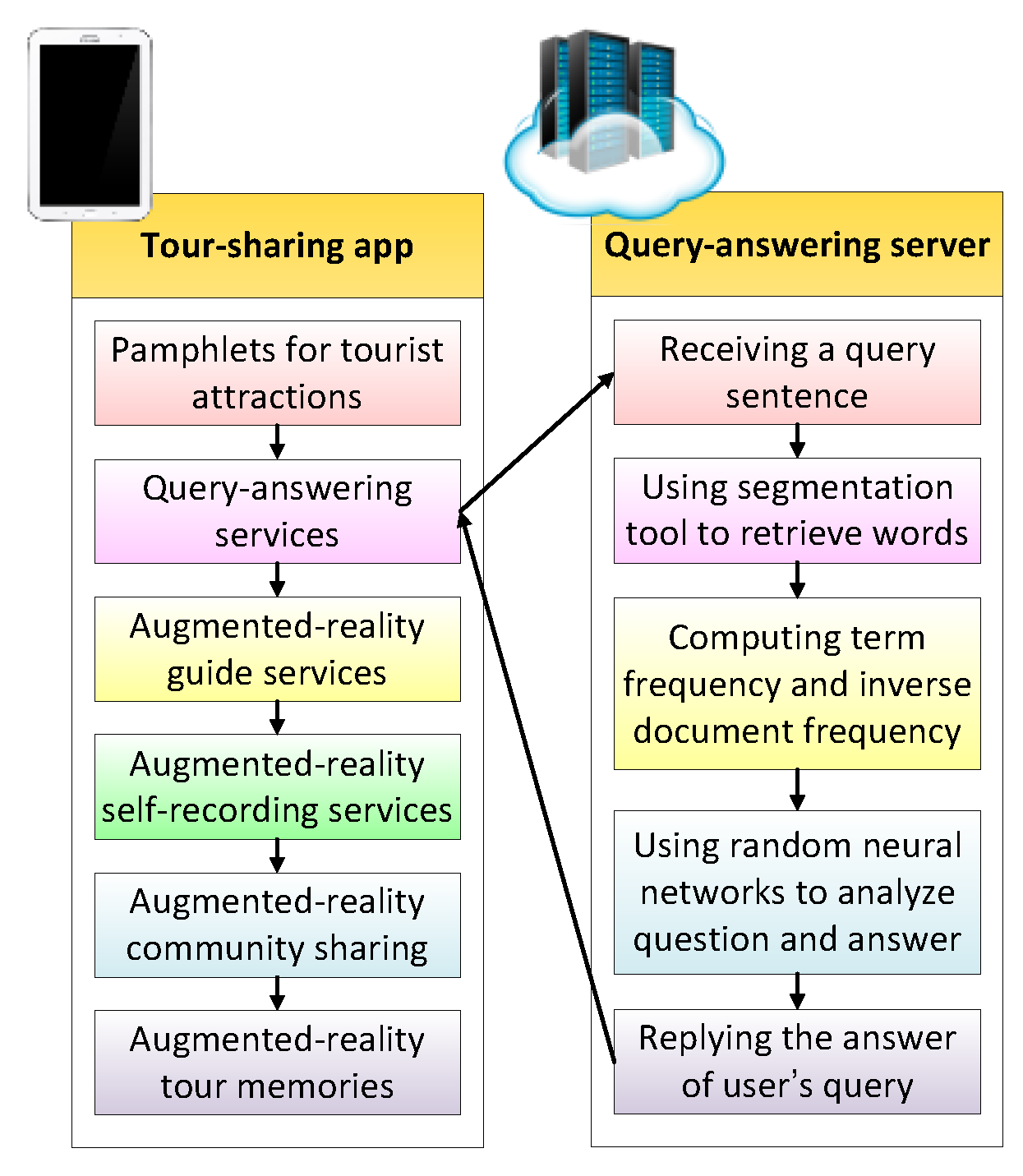
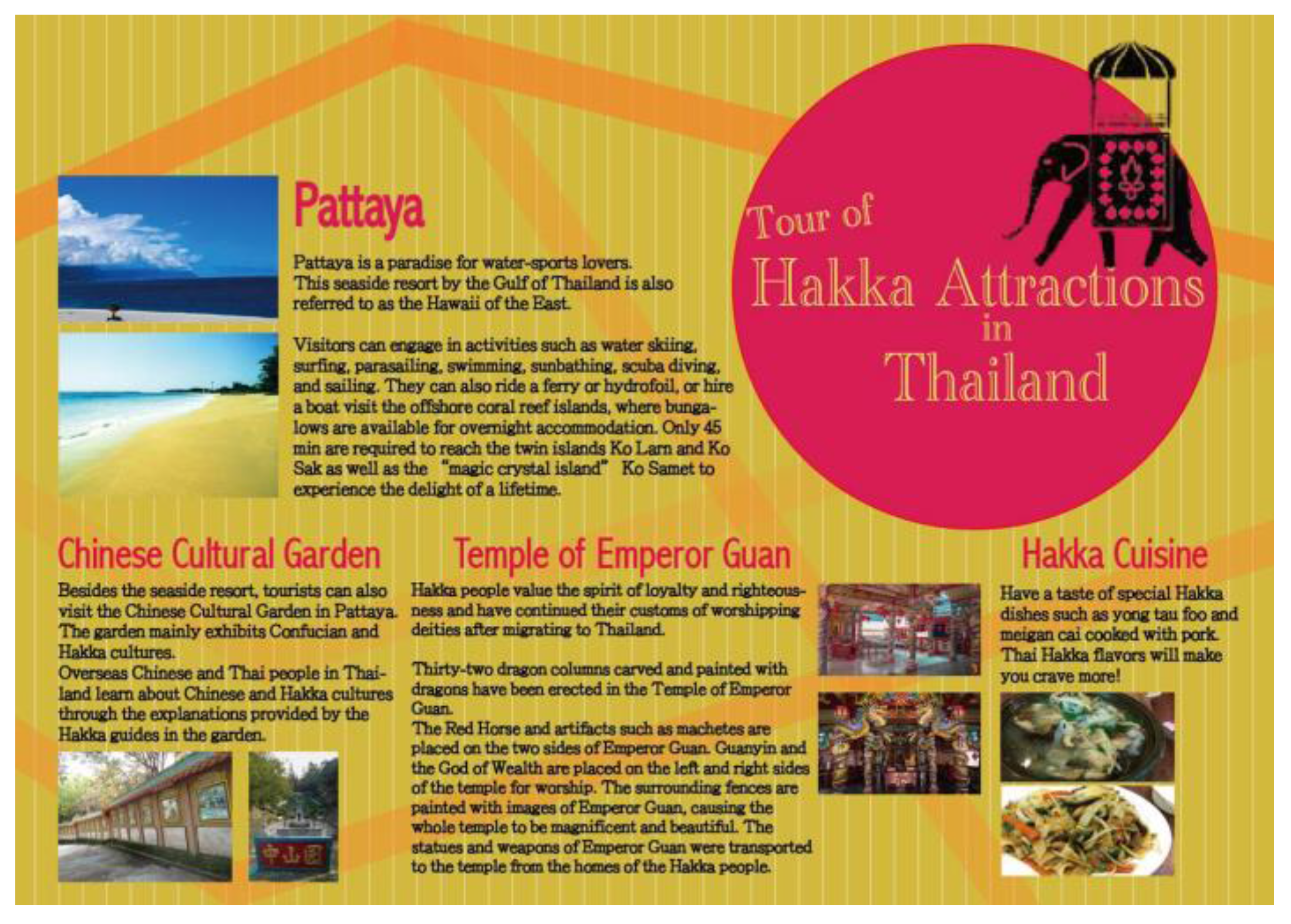
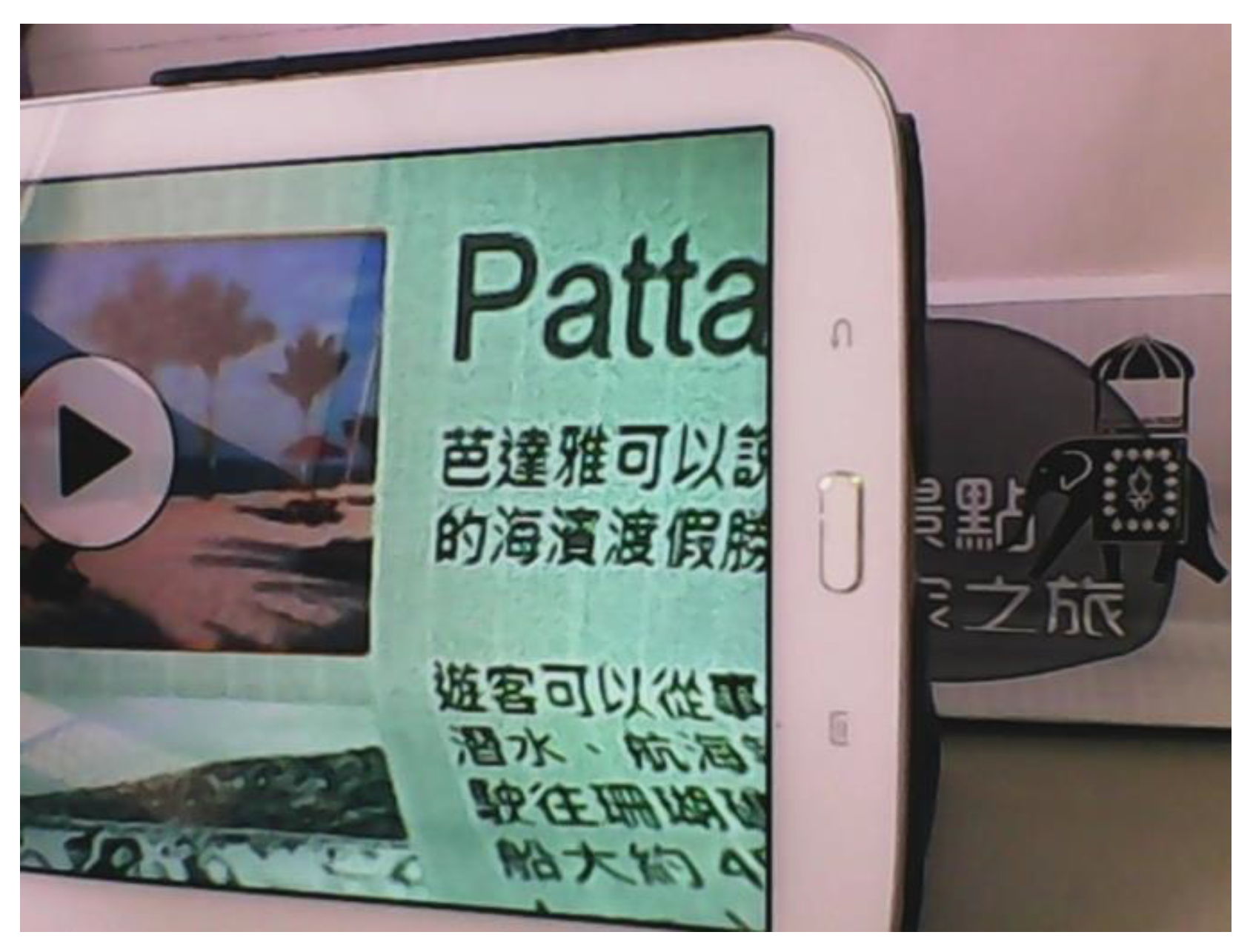
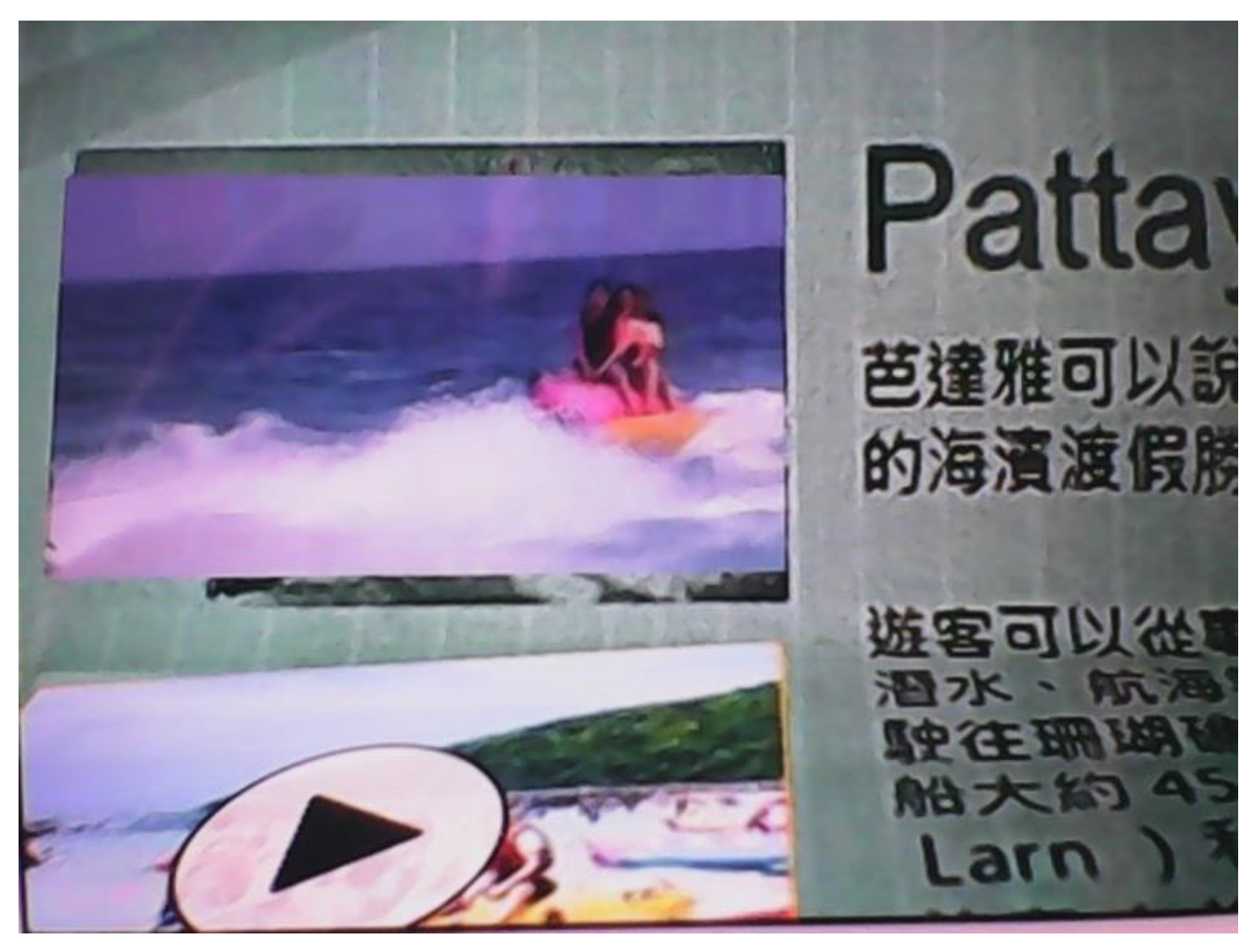
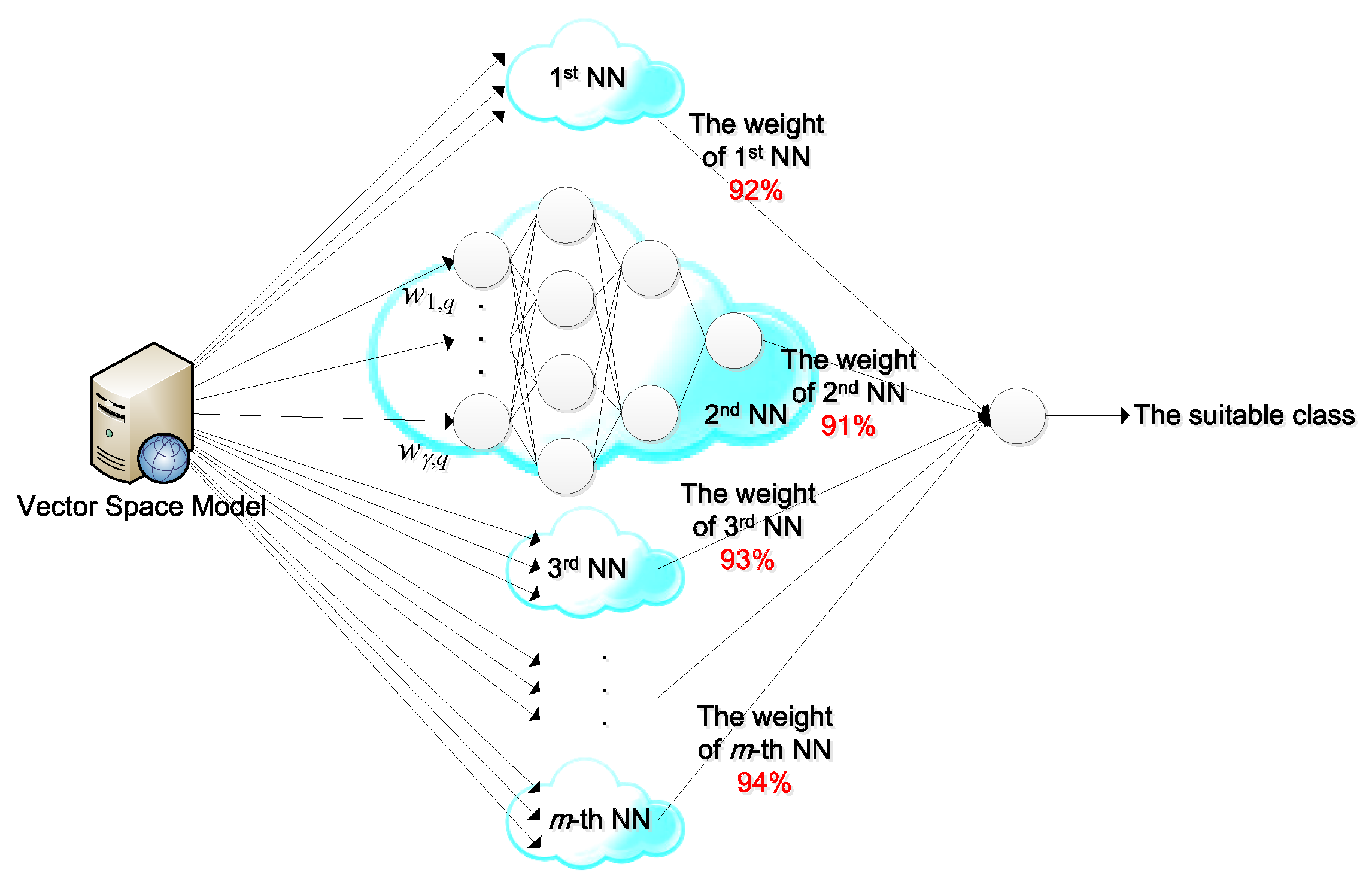
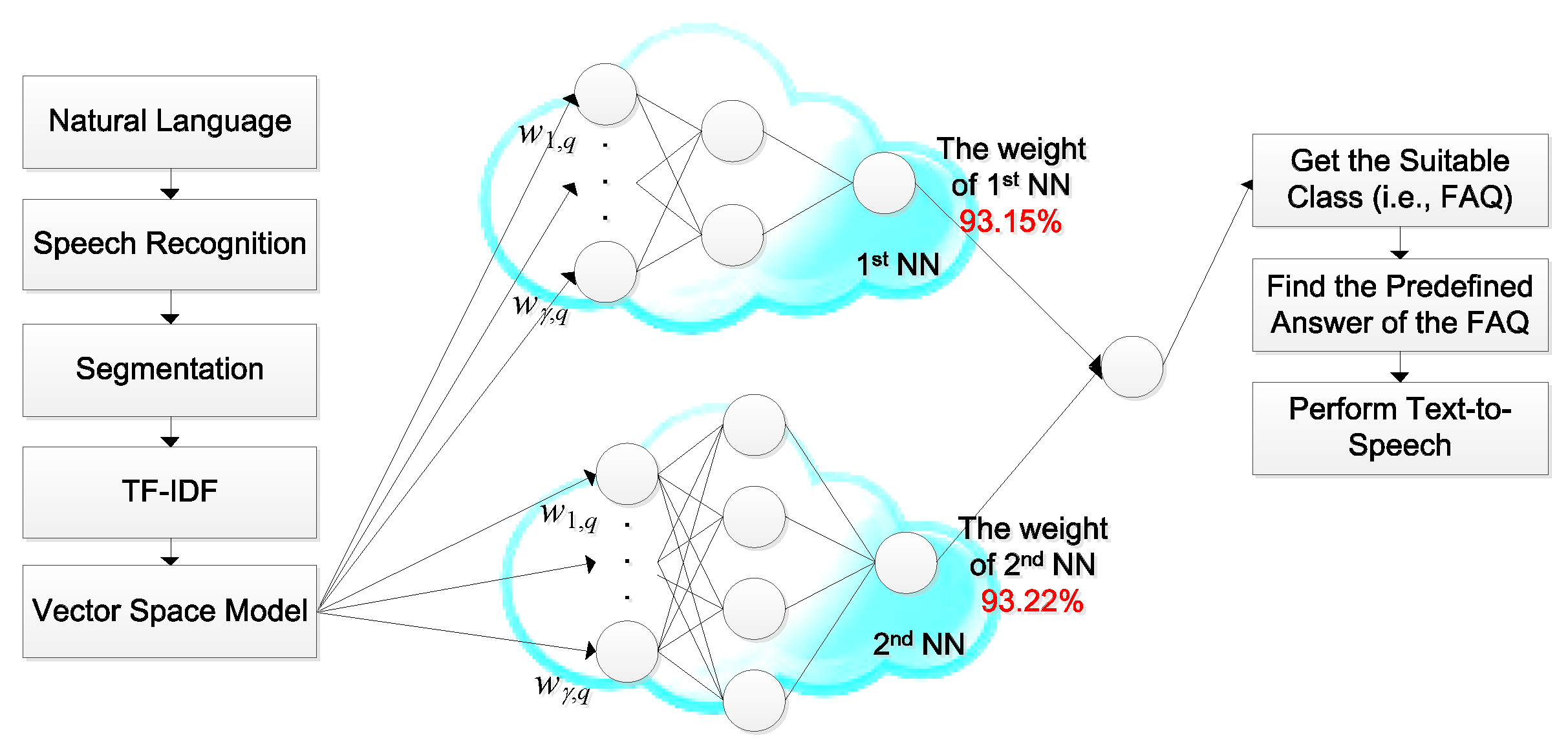
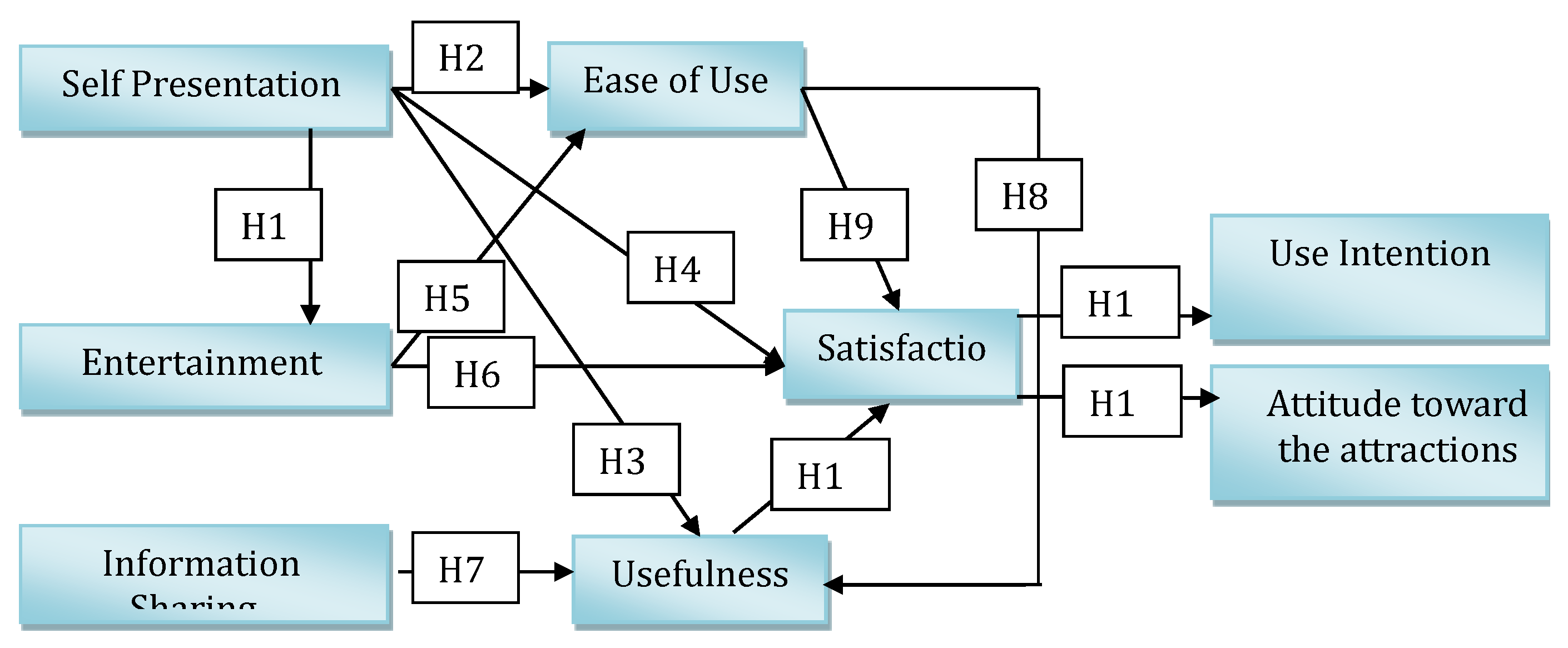
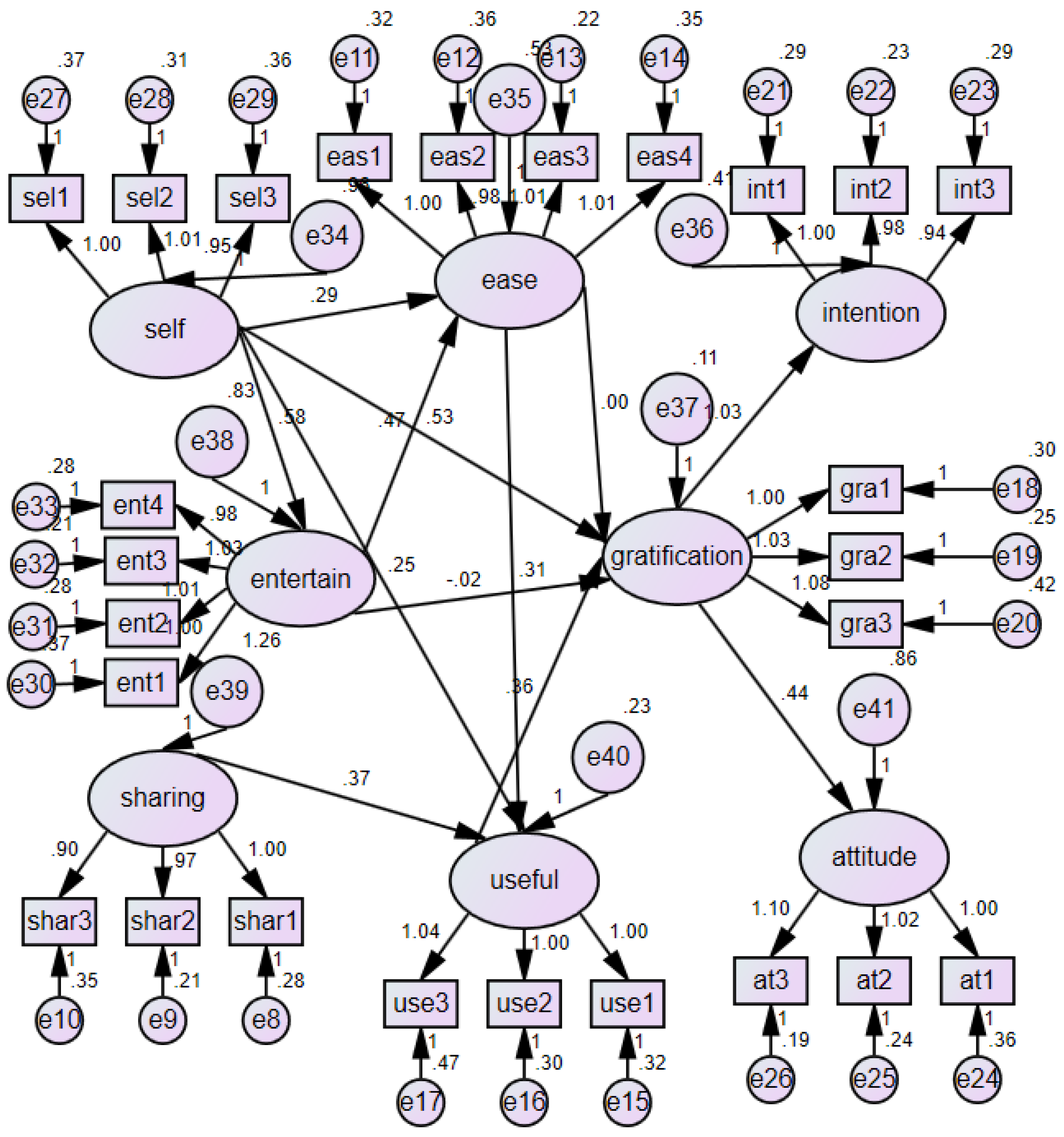
| The Definition of Dataset | The Ratio of Dataset to Total Data in the Historical Database |
|---|---|
| Total data in training stage (Stage 1) (i.e., the parameter dTR) | a% |
| Training dataset in training stage (Stage 1) for the i-th NN model (i.e., the parameter dTRTR,i) | r% × a% |
| Testing dataset in training stage (Stage 1) for the i-th NN model (i.e., the parameter dTETR,i) | (100% − r%) × a% |
| Testing dataset in testing stage (Stage 2) (i.e., the parameter dTE) | 100% − a% |
| Runtime dataset in runtime stage (Stage 2) (i.e., the parameter dRT) | Runtime |
| Class ID | Question in Chinese | Question in English |
|---|---|---|
| 1 | 請問客家人的由來與分佈? | What are the origin and the population distribution of Hakka? |
| 2 | 海外客家人分布在那些國家地區呢? | Where do Hakkas reside around the world? |
| 3 | 客家人名稱是如何來的呢? | What are the origins of the word “Hakka”? |
| 6 | 客家人為什麼遷徙到泰國? | Why did Hakkas migrate to Thailand? |
| 7 | 泰國有多少客家人? | How many Hakkas are there in Thailand? |
| 8 | 什麼是半山客? | What is the meaning of “Half-Hakka?” |
| 9 | 泰國客家人在泰國的現況如何? | How are the Hakka doing in Thailand? |
| 10 | 泰國客家人如何在泰國奮鬥? | How do the Hakkas earn a living in Thailand? |
| 11 | 何謂中華文化園? | What is the Garden of Chinese Culture? |
| 12 | 中華文化園第一個景點有何特色? | What are the special characteristics of the first attraction in the Garden of Chinese Culture? |
| 13 | 中華文化園第二個景點有何特色? | What are the special characteristics of the second attraction in the Garden of Chinese Culture? |
| 14 | 中華文化園第三個景點介紹有何特色? | What are the special characteristics of the third attraction in the Garden of Chinese Culture? |
| 15 | 中華文化園第四個景點介紹有何特色? | What are the special characteristics of the fourth attraction in the Garden of Chinese Culture? |
| 16 | 中華文化文創辦人是誰呢? | Who founded the Garden of Chinese Culture? |
| 17 | 泰國客家總會在哪呢? | Where is The Hakka Association of Thailand located? |
| 18 | 泰國客家總會成員來自何方呢? | Where do the members of The Hakka Association of Thailand come from? |
| 19 | 泰國客家總會的客家資產有哪些? | What Hakka properties do The Hakka Association of Thailand possess? |
| 20 | 客家總會在客家文化推廣的活動有哪些? | What activities did The Hakka Association of Thailand organize to promote Hakka culture? |
| 21 | 泰國客家婦女聯合會成立的目的為何? | What is the purpose of founding the Hakka Women's Association in Thailand? |
| 22 | 泰國關帝廟的特色為何呢? | What are the special characteristics of the Guan Yu Shrine in Thailand? |
| 23 | 客家人在泰國發展什麼樣出的信仰? | What faiths do the Hakka in Thailand practice? |
| 24 | 泰國如何推廣中華文化教育? | How does Thailand promote the education of Chinese culture? |
| 25 | 泰國中華文化學校的特色為何? | What characteristics do Thai-Chinese Culture Schools have? |
| 26 | 泰國中華文化師資來源為何? | Where do the teachers in Thai-Chinese Culture Schools come from? |
| 27 | 泰國客家文化的推廣有哪些活動? | What activities did Thailand hold to promote Hakka culture? |
| 28 | 泰國相關的中華文化客家圖書館有哪些藏書呢? | What kinds of books do the Chinese and Hakka cultural libraries hold? |
| 29 | 客家人在泰國如何推廣泰國當地客家文化的觀光景點以融合當地文化與傳承客家文化? | How do Hakka in Thailand promote local Hakka tourist attractions to integrate with the local culture and sustain the Hakka cultural heritage? |
| 30 | 泰國客家人勉勵自己的信念為何? | What faiths do the Hakka in Thailand practice for inspiration? |
| Method | Accuracy |
|---|---|
| Rule-based reasoning | 59.19% |
| k-nearest neighbors | 93.47% |
| Back-propagation neural network (“293-2-30”) | 93.15% |
| Back-propagation neural network (“293-4-30”) | 93.22% |
| Random neural networks (BPNN “293-2-30” and BPNN “293-4-30”) | 99.51% |
| Construct | Indicator | Standardized Factor Loadings | Composite Reliability | AVE |
|---|---|---|---|---|
| Self Presentation | Sel1 | 0.823 | 0.89 | 0.73 |
| Sel2 | 0.989 | |||
| Sel3 | 0.427 | |||
| Entertainment | Ent1 | 0.86 | 0.94 | 0.80 |
| Ent2 | 0.90 | |||
| Ent3 | 0.93 | |||
| Ent4 | 0.89 | |||
| Information Sharing | Shar1 | 0.91 | 0.93 | 0.80 |
| Shar2 | 0.92 | |||
| Shar3 | 0.86 | |||
| Perceived Usefulness | Pu1 | 0.87 | 0.88 | 0.72 |
| Pu2 | 0.89 | |||
| Pu3 | 0.76 | |||
| Perceived Ease of Use | Eas1 | 0.88 | 0.93 | 0.76 |
| Eas2 | 0.86 | |||
| Eas3 | 0.91 | |||
| Eas4 | 0.86 | |||
| Satisfaction | Sat1 | 0.81 | 0.89 | 0.73 |
| Sat2 | 0.94 | |||
| Sat3 | 0.81 | |||
| Attitude | At1 | 0.85 | 0.92 | 0.80 |
| At2 | 0.90 | |||
| At3 | 0.93 | |||
| Intention | Int1 | 0.89 | 0.92 | 0.80 |
| Int2 | 0.91 | |||
| Int3 | 0.89 |
| Hypotheses | Unstandardized Coefficients | Standardized Coefficients | Standard Error | p |
|---|---|---|---|---|
| H1: self → entertain | 0.579 | 0.529 | 0.054 | *** |
| H2: self → ease | 0.286 | 0.280 | 0.051 | *** |
| H3: self → useful | 0.248 | 0.304 | 0.045 | *** |
| H4: self → satisfaction | 0.529 | 0.669 | 0.045 | *** |
| H5: entertain → ease | 0.466 | 0.497 | 0.047 | *** |
| H6: entertain → satisfaction | −0.015 | −0.021 | 0.032 | 0.634 |
| H7: sharing → useful | 0.369 | 0.519 | 0.036 | *** |
| H8: ease → useful | 0.309 | 0.388 | 0.039 | *** |
| H9: ease → satisfaction | 0.002 | 0.002 | 0.038 | 0.962 |
| H10: useful → satisfaction | 0.358 | 0.369 | 0.052 | *** |
| H11: satisfaction → intention | 1.031 | 0.780 | 0.059 | *** |
| H12: satisfaction → attitude | 0.442 | 0.347 | 0.060 | *** |
© 2017 by the authors. Licensee MDPI, Basel, Switzerland. This article is an open access article distributed under the terms and conditions of the Creative Commons Attribution (CC BY) license (http://creativecommons.org/licenses/by/4.0/).
Share and Cite
Lin, H.-F.; Chen, C.-H. Combining the Technology Acceptance Model and Uses and Gratifications Theory to examine the usage behavior of an Augmented Reality Tour-sharing Application. Symmetry 2017, 9, 113. https://doi.org/10.3390/sym9070113
Lin H-F, Chen C-H. Combining the Technology Acceptance Model and Uses and Gratifications Theory to examine the usage behavior of an Augmented Reality Tour-sharing Application. Symmetry. 2017; 9(7):113. https://doi.org/10.3390/sym9070113
Chicago/Turabian StyleLin, Hui-Fei, and Chi-Hua Chen. 2017. "Combining the Technology Acceptance Model and Uses and Gratifications Theory to examine the usage behavior of an Augmented Reality Tour-sharing Application" Symmetry 9, no. 7: 113. https://doi.org/10.3390/sym9070113





